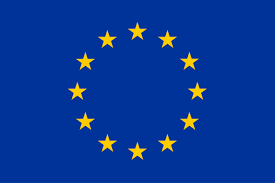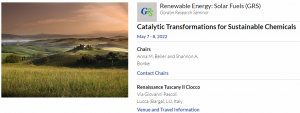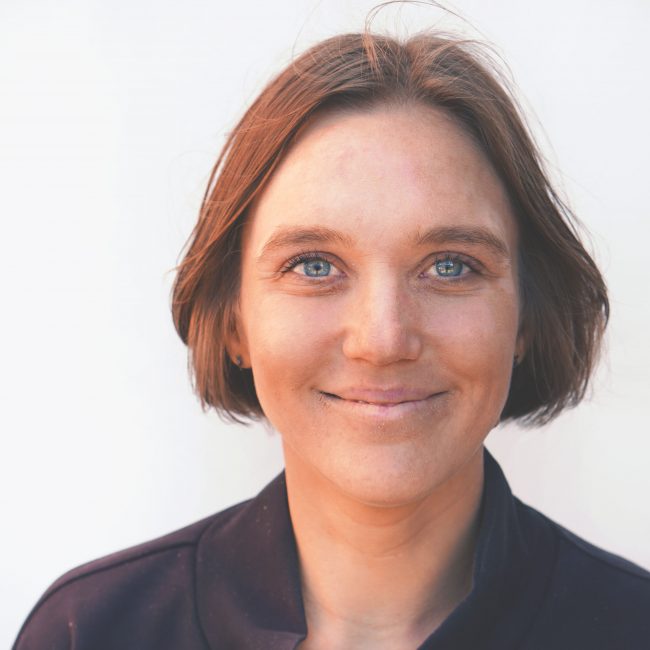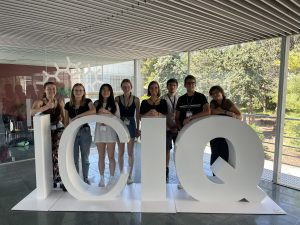Solar fuels can be synthesized by integrating electrocatalysts with semiconductors, using sunlight to drive endergonic chemical reactions. Employing molecular electrocatalysts allows the tunability, selectivity, and three-dimensional architectures associated with molecular components to be combined with the solar energy capture and conversion properties of solid-state semiconducting materials. However, there is a lack of understanding of how photo-generated carriers are transported through these systems, disfavouring the rational design of efficient photoelectrocatalytic constructs. This proposal aims to interface copper porphyrins with built-in hydroxyl groups, known catalysts for CO2 reduction, to carbon nitride for photo-promoted generation of highly reduced products from CO2, including methane and ethanol. Catalytic activity and selectivity will be studied by using multi-dimensional approaches for porphyrin immobilization, drawing inspiration from the extended coordination spheres crucial in biological tuning of enzymatic activity. This will be achieved through synthesis of three distinct reaction environments at carbon nitride consisting of: a porphyrin monolayer, a polymer film coordinating the porphyrin, and a 2-D highly ordered covalent-organic framework (COF) composed of the porphyrin. It is expected that these specialised environments will give rise to distinct kinetic responses and product distribution. Existing electrochemical models will be extended to this photoelectrochemical data to investigate the interplay of light flux, substrate and electron diffusion, and catalytic rates, leading to the extrapolation of fundamental principles governing interfacial photo-induced charge transfer at catalytic thin films. Through this project, leadership training, language acquisition, and communication skills will be emphasized, furthering the experienced researcher’s career goals and preparing her for an independent career in solar fuels.
 This project has received funding from the European Union’s Horizon 2020 research and innovation program under grant agreement 101031365
This project has received funding from the European Union’s Horizon 2020 research and innovation program under grant agreement 101031365


